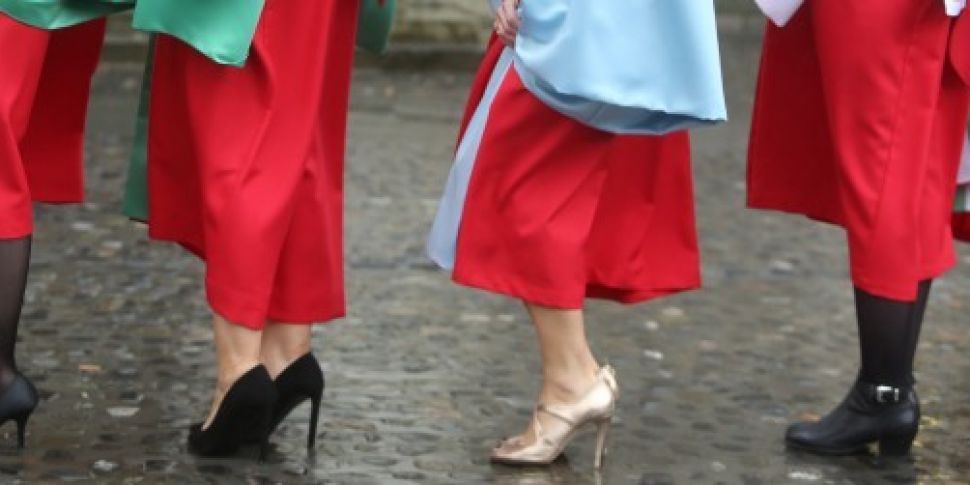New Census figures released by the Central Statistics Office (CSO) show there has been a big increase in the number of Irish people with third-level qualifications.
Of those aged 15 and over in April 2016, 42% of them had a third-level qualification. This is compared with just 13.6% in 1991.
The latest analysis of Census 2016 shows that, in general, women were better educated than men - with 43.2% of women aged 15 and over having a third level qualification, compared with 40.7% of men.
The counties with the highest rates of completed third-level education were Dún Laoghaire-Rathdown with 61.1%, Galway city with 55.2% and Dublin city and Fingal, both with 48.7%.
The overall average age of completion of full-time education in 2016, among the population aged 15 and over, has increased to 19.9 years compared with 19.1 years in 2011.
Monaghan had the youngest average age of completion at 18.8 years, followed by Cavan, Wexford and Donegal - all at 18.9 years.
While the number of people taking doctorates continues to increase.
The 28,759 people who said they had a doctorate level qualification was an increase of 30.9% on the 2011 figure - and up 99.5% on 2006.
More men (16,016) than women (12,743) had a doctorate.
There were 23,296 people at work among this group, while the unemployment rate was 3.4%.
Source: CSO
Irish speaking
It also shows that 1.76 million people aged three and over say they can speak Irish - that is 39.8% of the population.
This was a slight decline on figures from 2011.
More women (968,777) than men (792,643) said that they could speak Irish.
Galway county saw the highest percentage of persons able to speak Irish at 49%, followed by Clare (45.9%), Cork county (44.9%) and Mayo (43.9%).
In contrast, the lowest percentages were in Dublin city at 29.2%, followed by Louth and south Dublin (both 34.1%) and Cavan (34.6%).
Of the people who said they could speak Irish, almost one-in-four said that they never spoke it. A further 558,608 indicated that they only spoke it within the education system.
Of those who spoke Irish daily, 14,903 (20.2%) lived in Dublin city and suburbs.
This was an increase of 674 people (4.7%) on 2011. Cork, Galway and Limerick together accounted for 6,034 daily Irish speakers (8.2%).
Outside of these cities, the largest absolute numbers of daily speakers were living in An Bun Beag-Doirí Beaga (771), followed by Letterkenny (525) and Swords (487).
Daily Irish speakers in the Gaeltacht areas of Galway county and Donegal made up almost three-quarters of all daily Irish speakers in Gaeltacht areas, with 9,445 (45.9%) in Galway and 5,929 (28.8%) in Donegal.
Read the full report here










